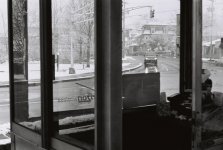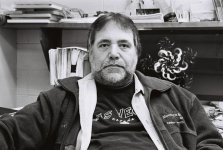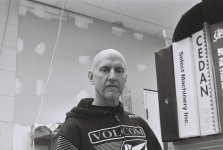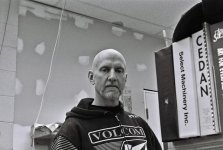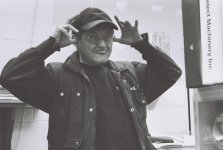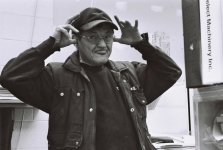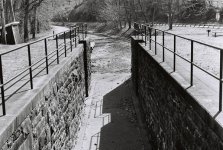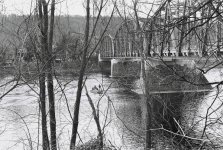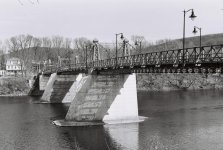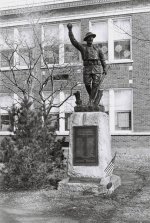parkview112
Member
I dropped off my roll from yesterday and picked up the roll I shot last week that I had the camera shop develop longer. While the results did not completely identify the problem, they did produce some indications that the meter being one stop off is the culprit.
I bracketed for some of these shots and for a couple that I took outside I used the "Cloudy f8 Rule." I've attached a few of the results below:
1. This was taken with the Cloudy f8 Rule and seems just fine except that to me, the highlights seem just a tad overdone.
2. I bracketed this shot and this is the one that I shot one stop lower than the meter reading indicated. Again, it looks fine in general but with the highlights a bit bright I think.
More examples are posted below.
I'd be very interested in comments on the results.
Thank you again.
Rich
I bracketed for some of these shots and for a couple that I took outside I used the "Cloudy f8 Rule." I've attached a few of the results below:
1. This was taken with the Cloudy f8 Rule and seems just fine except that to me, the highlights seem just a tad overdone.
2. I bracketed this shot and this is the one that I shot one stop lower than the meter reading indicated. Again, it looks fine in general but with the highlights a bit bright I think.
More examples are posted below.
I'd be very interested in comments on the results.
Thank you again.
Rich


